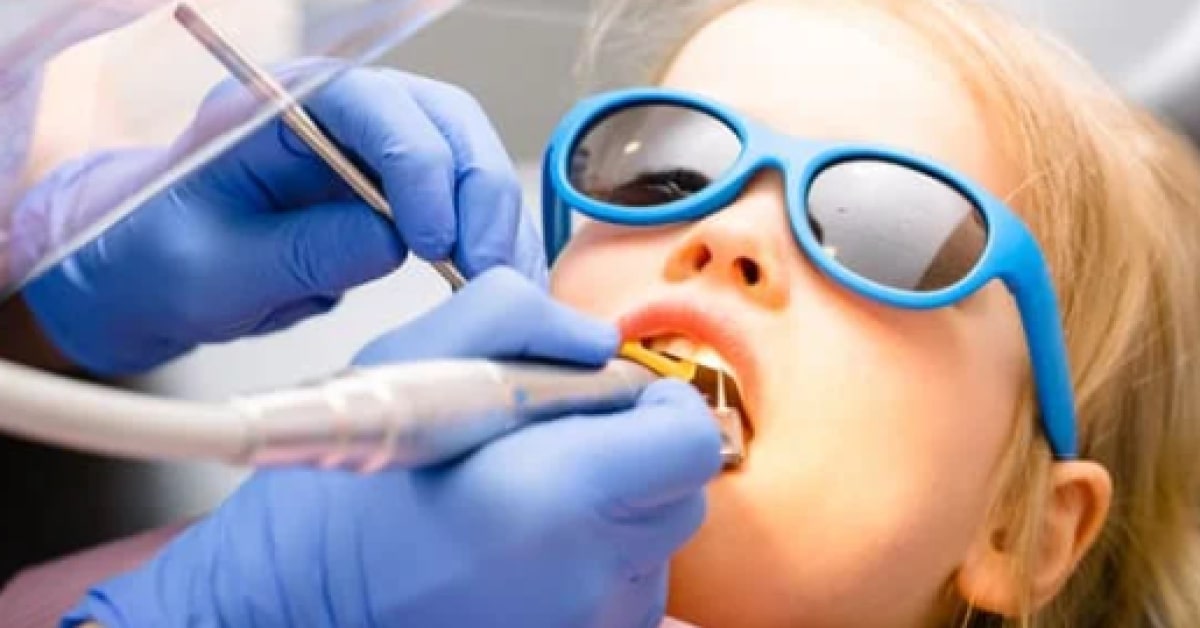Blog
August 15, 2023 • 15 mins readExploring Insurance Coverage and Medical Billing for Pediatric Dental Services
Learn about the intricacies of insurance coverage and medical billing specifically related to pediatric dental services.
Author
Danielle Duncan

In this Article
By: Danielle Duncan
Dental care is a crucial aspect of every child’s overall health and well-being. However, navigating the complex world of insurance coverage and medical billing for pediatric dental services can often be daunting for dental practices that are new to the world of medical billing in dentistry. In this article, we will delve into the intricacies of insurance coverage and medical billing specifically related to pediatric dental services, providing you with the information your patients need to make informed decisions for their child’s oral healthcare.
As a dentist who treats pediatric patients, it is essential to understand the ins and outs of insurance coverage and medical billing for dental services. While your dental team may have a deep understanding of billing dental insurance, the world of medical insurance can be overwhelming, but with the right information, tools, and expert guidance, you will navigate the process with confidence.
Understanding Insurance Coverage for Pediatric Dental Services
Insurance coverage for pediatric dental services varies widely, depending on the type of insurance plan your patients have. It is essential to carefully review the insurance policy to understand the specific coverage provided for pediatric dental services.
Once you understand the type of plan your patient has, you can begin to explore the specifics of their coverage. Pediatric dental services are typically covered under a patient’s medical insurance plan, but coverage can vary depending on the insurer and the plan. Some plans may cover preventative services like cleanings and check-ups, while others may also cover restorative procedures like fillings and extractions. With that said, it is possible to get medical insurance to cover typically non-covered procedures if you can successfully prove medical necessity! Some key points to remember when billing medical insurance:
1. In-Network vs. Out-of-Network Providers
Insurance plans often have a network of preferred providers, including dentists and dental clinics. If your practice is considered an in-network provider, this usually results in lower out-of-pocket costs for your patients. However, if your practice is out-of-network, you may still be able to bill medical insurance, but at a higher cost or with certain limitations. It is advisable to have your patients check with their insurance provider to understand the specifics.
2. Coverage for Preventive vs. Restorative Services
Medical insurance plans typically prioritize medically necessary treatments, however, it is possible to get them to cover preventive services such as regular check-ups, cleanings, and X-rays as well. These services are crucial for maintaining your pediatric patient’s dental health and are often covered at a higher percentage or even fully covered when billed correctly. Restorative services, such as fillings or orthodontic treatments, may have different coverage levels or require additional documentation for approval, including proving medical necessity for the treatment before medical insurance will pay.
3. Waiting Periods and Pre-Authorization
Some medical insurance plans may have waiting periods before certain services are covered. For example, orthodontic treatments might have a waiting period of six months or more. Additionally, certain procedures may require pre-authorization from the insurance provider before they can be performed. It is essential to be aware of these waiting periods and pre-authorization requirements to avoid unexpected denials or costs to your patients. Our amazing Imagn Billing Team can help guide you through the process of obtaining pre-authorizations and guide you through any required waiting periods.
Medical Billing for Pediatric Dental Services
When it comes to medical billing for pediatric dental services, it is important to know the correct codes to use for each procedure. The American Dental Association (ADA) provides a list of codes for dental procedures that can be used for medical billing. It is important to use the correct codes to ensure that claims are processed correctly and that you receive payment for your services. Of course, if you don’t have the time or resources to maintain an ever-changing list of dental specific codes for medical billing, implementing medical billing software, such as Imagn Billing Software can help to streamline the process.
Another important aspect of medical billing for pediatric dental services is understanding the process for submitting claims. Each insurer may have different requirements for submitting claims, so it is important to familiarize yourself with the process for each insurer. Some insurers may require pre-authorization for certain procedures, while others may require additional dental documentation to support the claim.
In addition to insurance coverage, understanding medical billing for pediatric dental services is equally important. Proving medical necessity, using the right codes, and getting any required pre-authorizations are all steps to ensure proper reimbursement for certain procedures. Some things to consider are:
1. CDT Codes vs. Medical Codes
CDT (Current Dental Terminology) codes are specific to dental procedures, while medical codes, such as CPT (Current Procedural Terminology) codes, are used for medical services. Some dental procedures, especially those related to oral surgery or dental trauma, may require medical billing using specific medical codes. It is essential to work closely with an expert medical biller, such as the Imagn Billing Team to ensure accurate coding for reimbursement purposes until you get the hang of it.
2. Coordination of Benefits
If your pediatric patient has both dental and medical insurance coverage, understanding the coordination of benefits is crucial. Dental insurance is typically primary for dental services, while medical insurance is primary for medical services. However, there might be situations where both insurances can be utilized to maximize coverage. Consulting with both insurance providers can help clarify the coordination of benefits for your patient’s needs.
There are also some situations where medical insurance will cover in full, leaving dental benefits available for your patients and their families for other, non-covered procedures.
3. Documentation and Claims Submission
Proper documentation is essential for successful claims submission. Ensure that all required documents, including X-rays, treatment plans, and medical necessity documentation, are accurately prepared and submitted to the insurance provider. Any missing or incomplete documentation may result in delayed or denied claims. Remember, with medical insurance you must prove medical necessity before they will cover most procedures!
In addition to understanding insurance coverage and medical billing, it is important to communicate effectively with your patients and their families. Patients may have questions about their coverage or the cost of procedures, and it is important to provide clear and accurate information. You can also help patients understand their options for paying for dental services, such as financing or payment plans, or choosing between dental billing vs medical billing.
Remember, exploring insurance coverage and medical billing for pediatric dental services can be a complex process, but with the right information and tools, you can navigate the implementation of medical billing into your dental practice. With medical billing for pediatric dentistry, you can help your patients get the care they need without breaking the bank!



